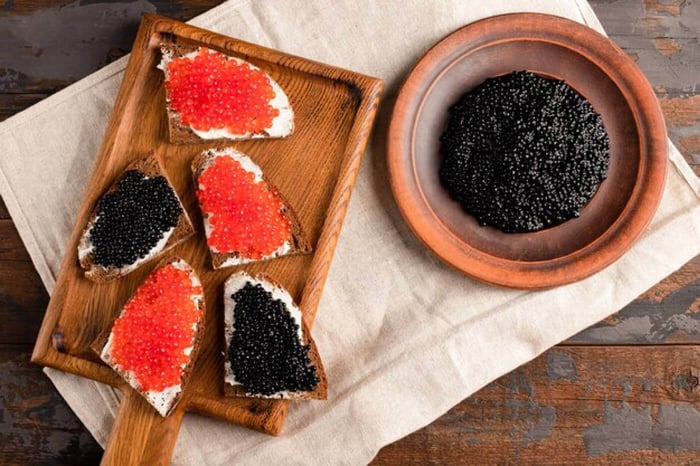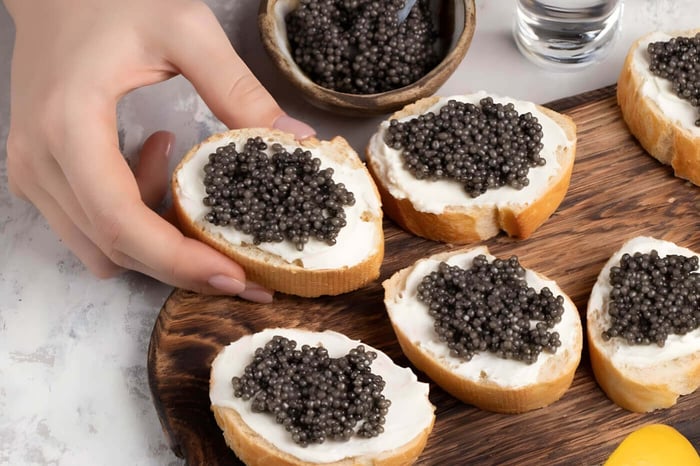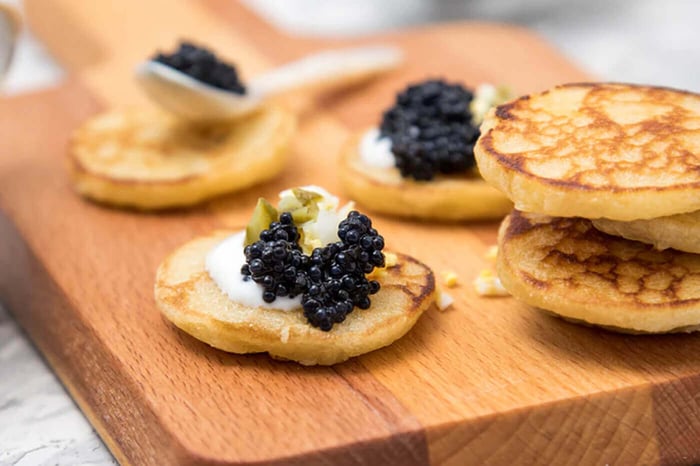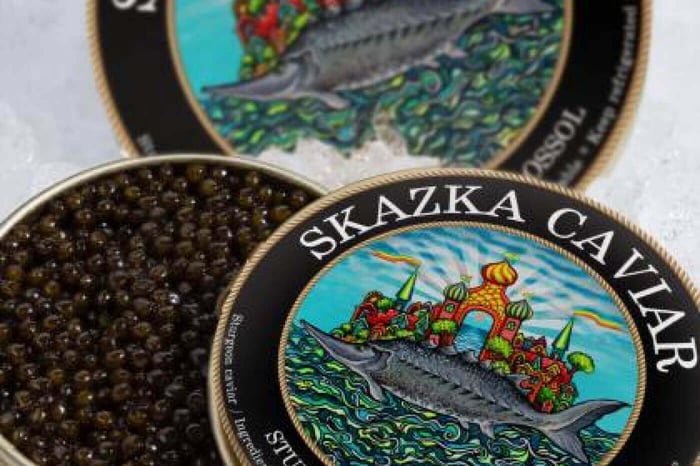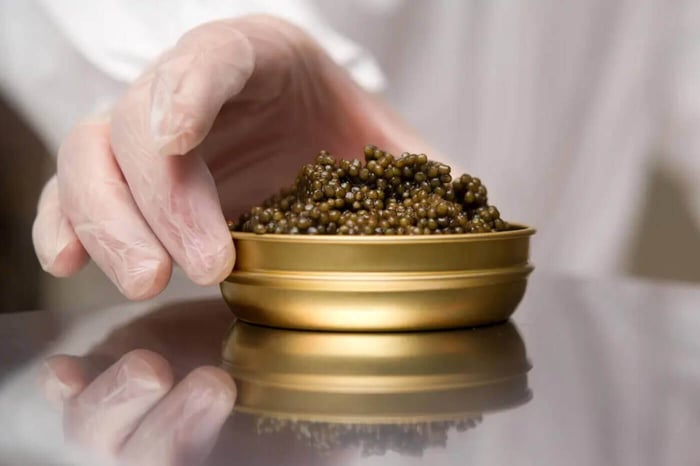 Caviar, often considered the pinnacle of gourmet delicacies, comes with a luxury price tag and an equally high risk of imitation. As demand has grown and sustainable practices tighten supply, the market has become flooded with substitutes, both legal and fraudulent. For consumers—especially first-time buyers—distinguishing authentic caviar from its imitations can be tricky but essential. This guide will help you recognize fake caviar and ensure you’re investing in the real thing.
Caviar, often considered the pinnacle of gourmet delicacies, comes with a luxury price tag and an equally high risk of imitation. As demand has grown and sustainable practices tighten supply, the market has become flooded with substitutes, both legal and fraudulent. For consumers—especially first-time buyers—distinguishing authentic caviar from its imitations can be tricky but essential. This guide will help you recognize fake caviar and ensure you’re investing in the real thing.
Know Your Caviar Types
True caviar refers strictly to the salted roe of sturgeon, a prehistoric fish species native to regions like the Caspian and Black Seas. The most prized types include Beluga, Osetra, and Sevruga. Other fish roe—such as salmon, trout, or lumpfish—while delicious in their own right, do not legally qualify as caviar in many regions, including the European Union and the United States. Familiarizing yourself with these distinctions helps you better evaluate product labels and avoid being misled by vague or misleading branding.
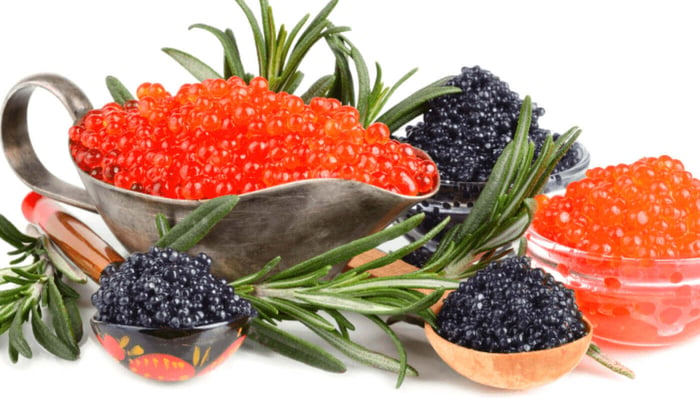
Read: The Journey of Caviar: From Sturgeon to Table
Examine the Appearance
Authentic sturgeon caviar has distinct physical characteristics. The eggs are generally uniform in size, slightly translucent, and glossy. The color ranges from light gray to deep black or golden hues, depending on the sturgeon species. Fake or lower-grade substitutes often appear too shiny, overly bright, or opaque, and the beads might be irregular in size. If the product looks excessively wet or has a plastic-like sheen, it could be artificially dyed or imitation caviar made from ingredients like seaweed or gelatin.
Check the Label and Origin
Genuine caviar products must include clear labeling with species identification (usually the scientific name), the country of origin, and a CITES (Convention on International Trade in Endangered Species) code. This code ensures that the caviar was legally produced and traded. If a tin or jar simply says “caviar” without specifying the species or lacks a traceable code, be skeptical. Reputable sellers will often include harvest dates and batch numbers, providing another layer of transparency and traceability for the buyer.
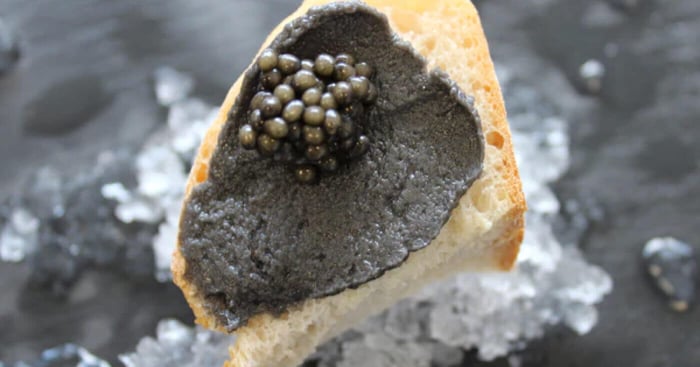
Read: Eco-Friendly Sturgeon Farms: A New Era in Caviar Production
Consider the Price Point
If the price seems too good to be true, it probably is. Authentic sturgeon caviar is expensive due to the labor-intensive farming process, long maturation period of sturgeon, and strict trade regulations. As of 2025, quality caviar can range from $50 to $300+ per ounce depending on the type and origin. Be cautious of sellers offering caviar at heavily discounted rates or from unverified online sources. Bargain-priced products are often substitutes, mislabeled roe, or even fake versions manufactured with artificial flavors and textures.
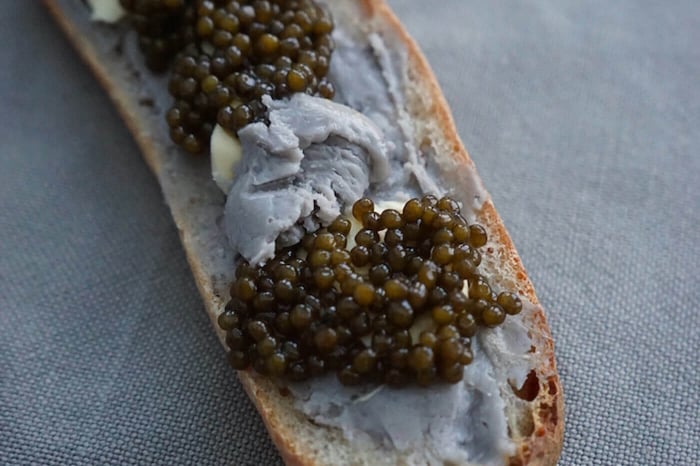
Assess the Texture and Taste
Real caviar has a unique, delicate mouthfeel. The eggs should be firm yet burst gently on your tongue, releasing a buttery, briny flavor with subtle nutty or creamy undertones. Imitation caviar often lacks this finesse. It might feel rubbery, mushy, or gritty, and the taste is frequently one-dimensional—overly salty or fishy, without the layered complexity of genuine sturgeon roe. If you can sample the caviar before purchasing (especially at restaurants or specialty stores), your palate can be your best detector.
Buy from Reputable Sources
The most effective way to avoid counterfeit caviar is to purchase from reputable sellers. Look for vendors who specialize in luxury food items or sustainable seafood, and who are transparent about sourcing. Online, check reviews and verify that the retailer is licensed and compliant with import/export laws. Many top-tier suppliers offer farm-to-table traceability and will gladly provide certifications or testing reports. Avoid purchasing from general marketplaces or unknown third-party sellers where authenticity cannot be guaranteed.
Conclusion
Spotting fake caviar takes a combination of awareness, product knowledge, and a discerning eye. By understanding the different types of caviar, examining the product’s appearance and label, evaluating texture and taste, and buying from trustworthy sources, you can protect yourself from counterfeit products and enjoy this exquisite delicacy as it was meant to be. Whether you’re a seasoned connoisseur or new to the world of caviar, these tips will help ensure that your next indulgence is the real deal.
About the Author
 Igor Fishbeyn - Caviar Purveyor
Igor Fishbeyn - Caviar Purveyor
Igor Fishbeyn is purveyor of fine sturgeon caviar and creator of the Skazka Caviar brand. He is an expert with decades of experience specializing in importing, wholesaling, and retailing the finest quality caviar in the world. Igor frequently writes about caviar news and various topics about the caviar industry. He lives in San Francisco with his wife and daughter.
Shop Skazka Caviar
Browse Our Exclusive Caviar Collection
[dib_prod_5322279944351] [dib_prod_5322391584927] [dib_prod_5322633216159][dib_prod_5322609590431]
Shop Caviar By Type
Shop Black Caviar | Shop Red Caviar | Shop Caviar Accessories
Shop Beluga Caviar | Shop Kaluga Caviar | Shop White Sturgeon Caviar
Shop Osetra Caviar | Shop Salmon Roe | Shop Albino Sturgeon Caviar

